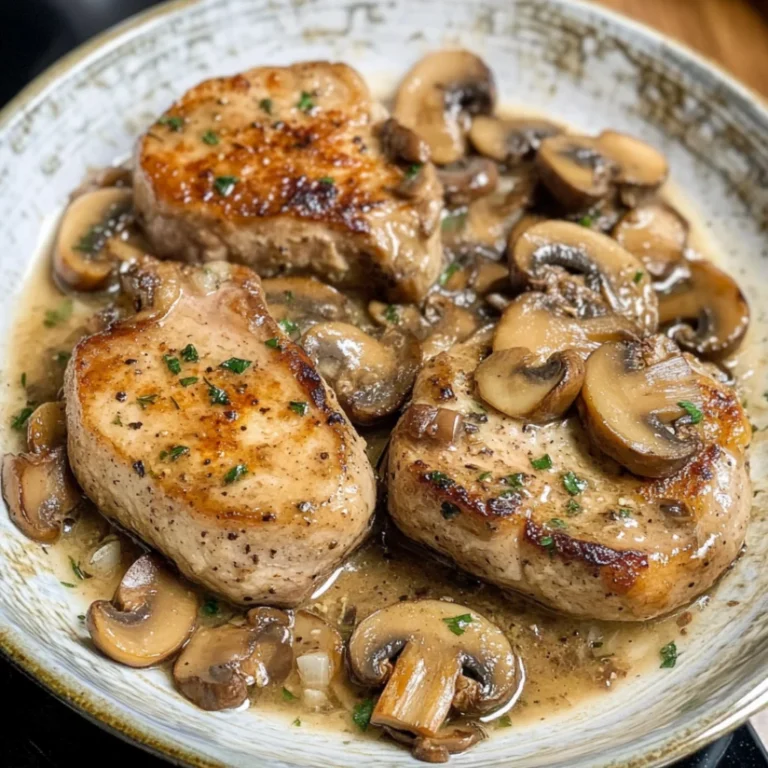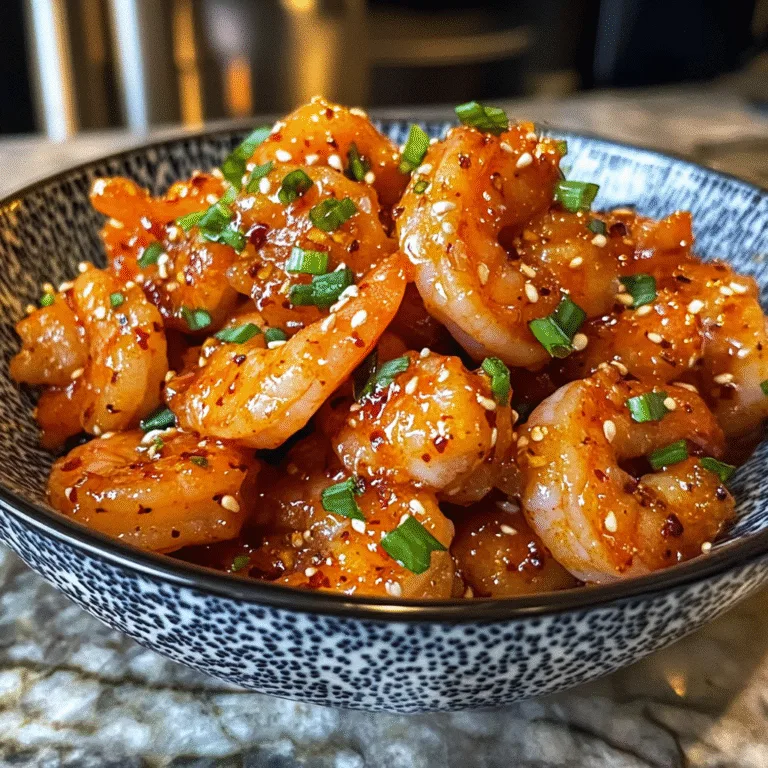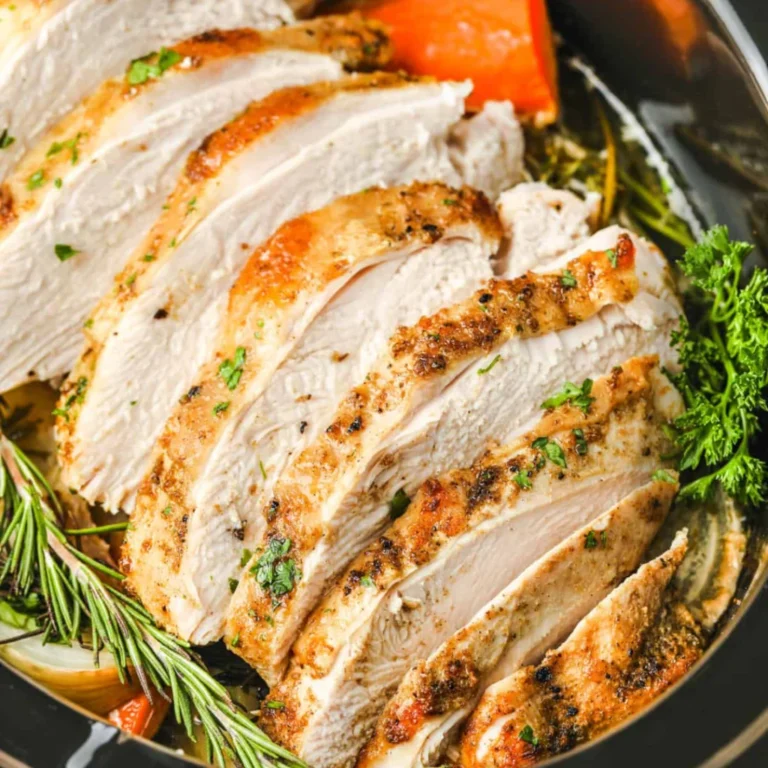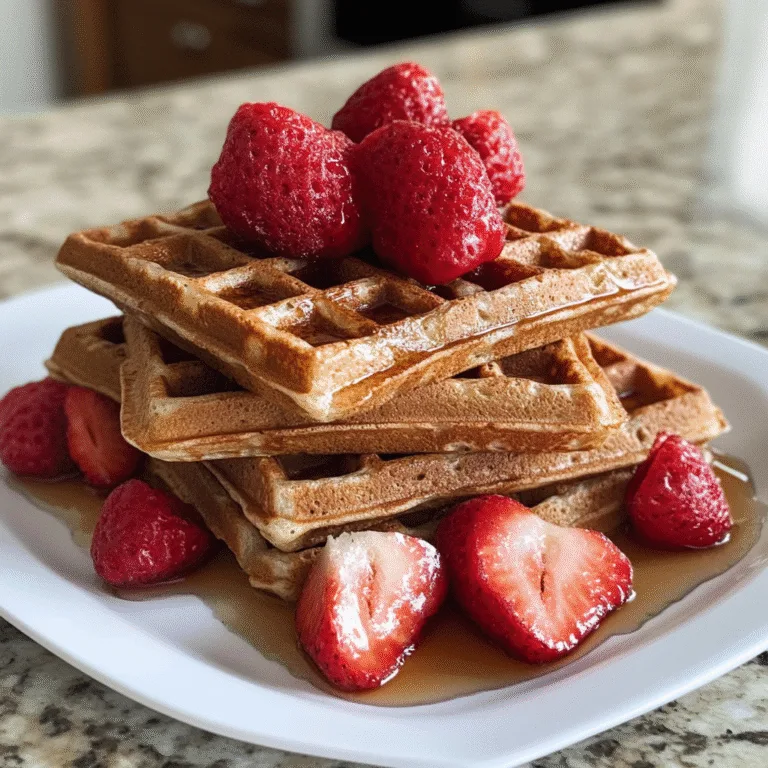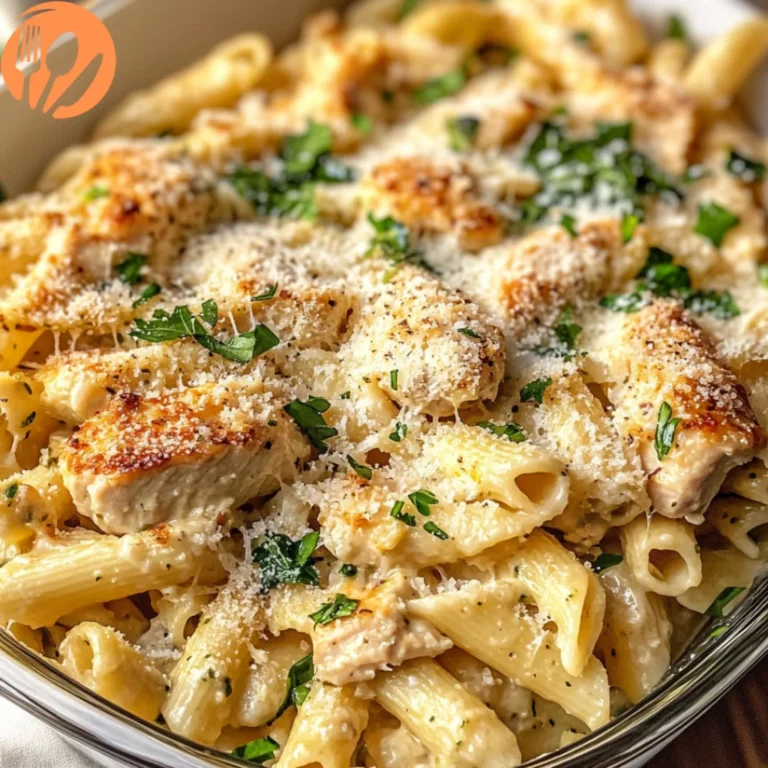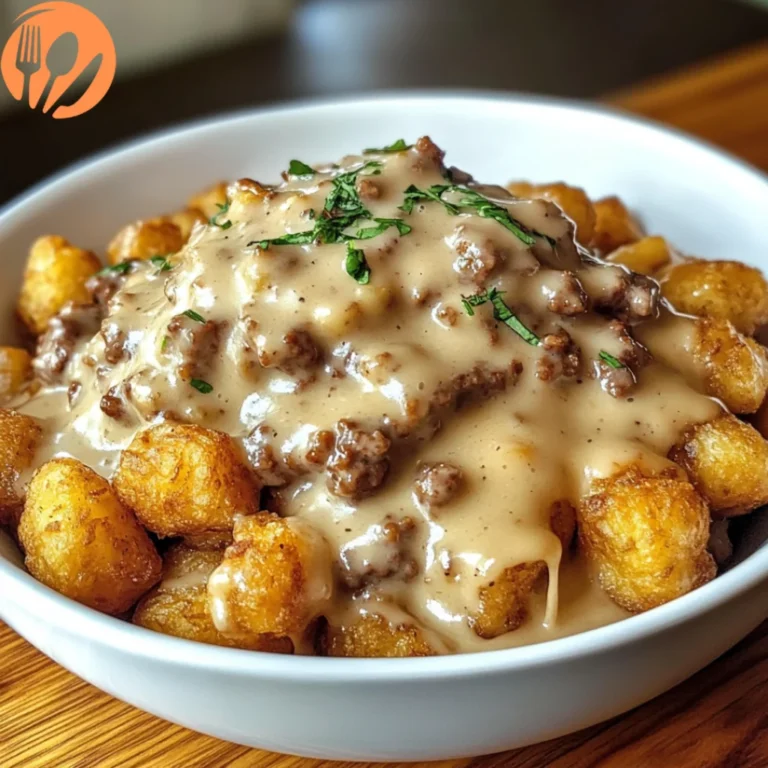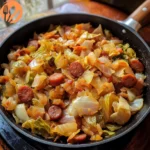Follow Me On Social Media!
Lime Marmalade Recipe
Introduction
Did you know that making homemade lime marmalade takes only 45 minutes and can reduce sugar content by up to 30% compared to store-bought versions? While most people assume marmalade-making is a complex, time-consuming process requiring special equipment, the truth is quite different. This lime marmalade recipe proves that creating restaurant-quality preserves at home is surprisingly simple and incredibly rewarding.
Unlike traditional orange marmalade, lime marmalade offers a unique tartness and vibrant citrus punch that elevates everything from morning toast to gourmet cheese boards. The natural pectin in lime peels creates the perfect gel consistency without artificial additives, while the balance of sweet and sour flavors makes this preserve irresistibly addictive.
Whether you're a seasoned preserve-maker or a complete beginner, this foolproof lime marmalade recipe will guide you through creating jars of sunshine that capture the essence of fresh limes. Get ready to transform simple ingredients into a gourmet preserve that rivals any artisanal brand – and costs a fraction of the price!
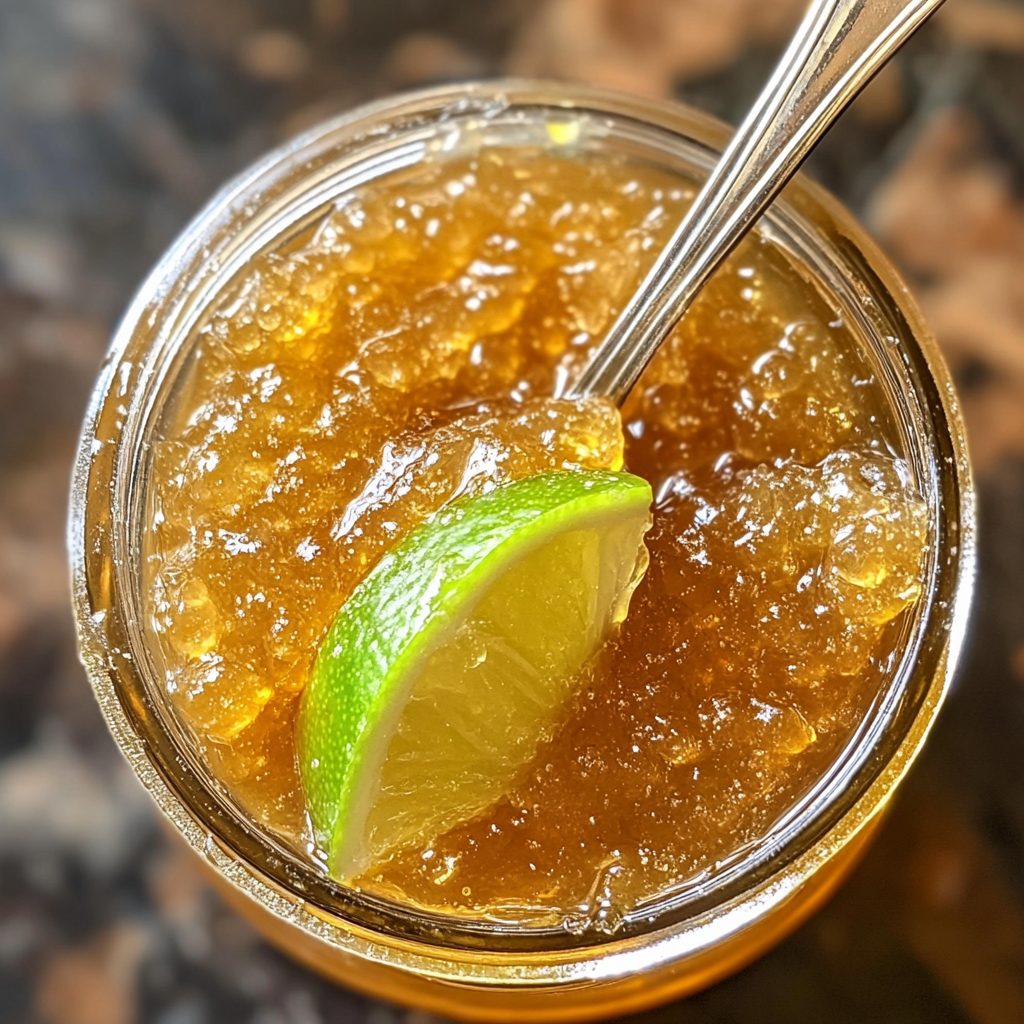
Ingredients List
Essential Ingredients:
- 2 pounds fresh limes (about 8-10 medium limes) – Choose firm, unblemished fruits with bright green skin. Meyer limes work beautifully for a sweeter variation
- 4 cups granulated sugar – White sugar provides the clearest color, but raw cane sugar adds depth
- 4 cups filtered water – Quality water ensures pure flavor
- 2 tablespoons fresh lemon juice – Boosts natural pectin and prevents crystallization
Optional Flavor Enhancers:
- 1 teaspoon vanilla extract – Adds warmth and complexity
- 1 tablespoon lime zest – For extra citrus intensity
- Pinch of sea salt – Enhances overall flavor balance
Substitution Options:
- Replace up to half the sugar with honey for natural sweetness (add during final cooking stage)
- Use coconut sugar for a subtle caramel note
- Substitute stevia-sugar blend for reduced-calorie version (use manufacturer's conversion chart)
- Try key limes for an intensely aromatic variation
Timing
Preparation Time: 20 minutes
Cooking Time: 25 minutes
Total Time: 45 minutes
Yield: Approximately 3-4 (8-ounce) jars
Note: This timing is significantly faster than traditional marmalade recipes that often require overnight soaking and multiple-day processes. Our streamlined method delivers exceptional results in under an hour.
Step-by-Step Instructions
Step 1: Prepare the Limes
Wash limes thoroughly under cool running water, scrubbing gently to remove any wax coating. Using a sharp paring knife, cut each lime in half lengthwise, then slice into thin half-moons, approximately 1/8-inch thick. Remove all visible seeds as you work – they can add unwanted bitterness. Reserve any juice that accumulates during cutting.
Pro Tip: Use a mandoline slicer for perfectly uniform pieces that cook evenly and create an elegant appearance.
Step 2: Create the Base Mixture
In a large, heavy-bottomed saucepan, combine sliced limes, accumulated lime juice, lemon juice, and water. The mixture should just cover the fruit. Bring to a rolling boil over medium-high heat, then reduce to medium and simmer for 10 minutes until lime peels begin to soften.
Expert Advice: A heavy-bottomed pan prevents scorching and ensures even heat distribution – crucial for perfect marmalade texture.
Step 3: Add Sugar and Begin Cooking
Gradually stir in sugar, ensuring complete dissolution before adding more. Once all sugar is incorporated, increase heat to medium-high and bring mixture to a vigorous boil. Cook without stirring for 15-20 minutes, skimming any foam that rises to the surface.
Critical Timing: Watch carefully as the mixture approaches the gel point – it can go from perfect to overcooked quickly.
Step 4: Test for Doneness
Test gel consistency using the "plate test": place a small plate in the freezer beforehand. Drop a small amount of marmalade onto the cold plate. If it wrinkles when pushed with your finger and holds its shape, it's ready. Temperature should reach 220°F (104°C) on a candy thermometer.
Troubleshooting: If mixture doesn't gel after 25 minutes, add 1 tablespoon lemon juice and cook 3-5 minutes longer.
Step 5: Final Touches and Jarring
Remove from heat and let stand 2 minutes to prevent fruit from floating. Stir gently and ladle into sterilized jars, leaving 1/4-inch headspace. Wipe jar rims clean and apply lids according to manufacturer's instructions.
Nutritional Information
Per 1-tablespoon serving (approximate):
- Calories: 45
- Protein: 0.1g
- Carbohydrates: 12g
- Fat: 0g
- Fiber: 0.3g
- Sugar: 11g
- Vitamin C: 8mg (13% DV)
- Natural Pectin: High levels
Health Benefits: Limes are rich in vitamin C and citrus flavonoids, which support immune function and provide antioxidant protection. The natural pectin aids digestive health and may help regulate blood sugar levels when consumed in moderation.
Healthier Alternatives for the Recipe
Reduced-Sugar Version: Replace 2 cups sugar with 1 cup sugar plus 1/2 cup unsweetened applesauce and 2 tablespoons chia seeds for natural thickening. Cooking time may increase slightly.
Keto-Friendly Adaptation: Use erythritol or monk fruit sweetener (follow package conversion rates). Add 1 teaspoon xanthan gum to achieve proper consistency without traditional sugar's gelling properties.
Vegan Confirmation: This lime marmalade recipe is naturally vegan – simply ensure your sugar isn't processed with bone char by choosing organic or explicitly vegan-labeled sugar.
Low-Sodium Option: This recipe is naturally low in sodium. The optional sea salt can be omitted without affecting texture or preservation quality.
Serving Suggestions
Breakfast Pairings: Spread on warm buttermilk biscuits, English muffins, or artisanal sourdough toast. Swirl into Greek yogurt with granola for a gourmet parfait.
Gourmet Applications: Use as a glaze for grilled chicken or pork tenderloin. Mix with olive oil and herbs for a unique salad dressing. Pair with soft cheeses like brie or goat cheese on crackers.
Dessert Inspirations: Layer between cake layers, dollop on cheesecake, or mix into buttercream frosting. Create thumbprint cookies filled with lime marmalade for an elegant treat.
Beverage Enhancement: Stir into hot tea, mix with sparkling water for a refreshing drink, or use in cocktails as a natural sweetener with complex flavor.
Common Mistakes to Avoid
Overcooking the Marmalade: Going beyond the gel point creates a tough, candy-like texture. Always use the plate test and remove from heat promptly when doneness indicators appear.
Skipping the Foam Removal: Failing to skim foam results in cloudy marmalade with bitter notes. Take time to remove foam for crystal-clear, restaurant-quality results.
Using Dirty or Wet Jars: Any moisture or debris can cause spoilage. Ensure jars are completely clean and dry before filling with hot marmalade.
Cutting Limes Too Thick: Large pieces don't cook evenly and create an unpleasant texture. Aim for uniform 1/8-inch slices for optimal results.
Storing Tips
Refrigerator Storage: Unopened jars keep for up to 1 year in the refrigerator. Once opened, consume within 3 months for best quality and flavor retention.
Freezer Storage: Freeze in freezer-safe containers for up to 2 years. Leave 1-inch headspace to allow for expansion. Thaw overnight in refrigerator before use.
Pantry Storage: If properly processed using water bath canning methods, sealed jars can be stored in a cool, dark pantry for up to 2 years. Always check seals before consuming.
Texture Preservation: Avoid repeated temperature changes which can break down the gel structure. Store in consistent temperature environments for optimal texture maintenance.
Conclusion
This lime marmalade recipe transforms humble limes into liquid sunshine that brightens any meal or snack. With its perfect balance of sweet and tart flavors, silky texture, and vibrant color, homemade lime marmalade surpasses store-bought versions in both quality and satisfaction.
The beauty lies in its simplicity – just four basic ingredients and 45 minutes create jars of gourmet preserve that make impressive gifts and elevate everyday meals into special occasions. Plus, controlling your ingredients means no artificial preservatives, excessive sugar, or mysterious additives.
Ready to fill your kitchen with the intoxicating aroma of fresh citrus? Gather your limes and start cooking! Share your lime marmalade creations on social media and tag us – we love seeing how this recipe brings joy to kitchens worldwide. Your breakfast table will never be the same!
FAQs
Q: Can I make lime marmalade without added pectin?
A: Absolutely! Limes naturally contain high levels of pectin, especially in the peels and white pith. This recipe relies entirely on natural pectin, which is why proper cooking time and temperature are crucial for achieving the perfect gel consistency.
Q: Why is my lime marmalade too runny?
A: Runny marmalade typically results from insufficient cooking time or low-pectin fruit. Continue cooking until the mixture reaches 220°F (104°C) and passes the plate test. Adding 1-2 tablespoons of lemon juice can boost natural pectin levels.
Q: How long does homemade lime marmalade last?
A: Properly sealed and refrigerated, lime marmalade lasts up to 1 year unopened and 3 months after opening. For longer storage, use proper water bath canning techniques for 2-year pantry storage.
Q: Can I reduce the sugar in this lime marmalade recipe?
A: Yes, but sugar serves multiple purposes beyond sweetness – it aids preservation and helps achieve proper gel consistency. Reduce sugar by no more than 25% without compromising texture and shelf life. Consider natural alternatives like honey or maple syrup for healthier options.

